Radio stations publishing their content across several media and multiple channels can serve their audience better by managing their production efficiently.
During IBC, I sat down with Vincent Benveniste, co-owner & CEO of DAVID Systems (Digital Audio Video Integration & Development). Founded in 1991, the German-based company was one of the pioneers in digital production for radio stations, and known for its range of audio editors. Today, they try to ease the radio production workflow in several ways, including visual radio solutions.
“Take it upstream”
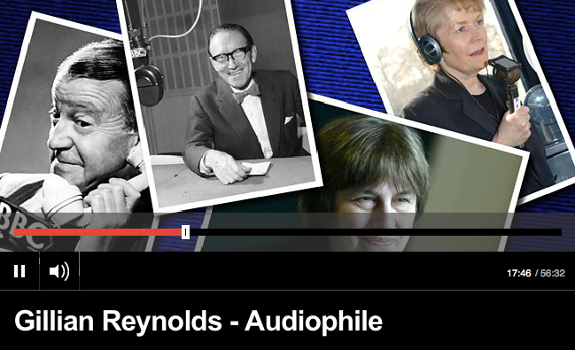
Most visual add-ons can be created or uploaded simultaneously with the audio bit, so you don’t have to wait until you can add it downstream in the production flow (image: BBC / Radio 4)
Use radio’s emotional impact
Radio has always been a theatre of mind. As a listener, you had no image; you created it in your mind.
“The most ‘scenographic’ medium, as Orson Welles said, yes.”
Exactly, but now radio is being filmed using webcams; you can see the disc jockey in the studio. What does it do to the magic of radio?
“Radio is very inherent to humanity. The human senses allow to generate feelings from what’s being heard, but people’s vision doesn’t end their auditory sense. That’s why you see, even in sophisticated movies, that the importance of audio is growing, not diminishing. Even though you have 8K, there’s a lot of attention going to audio. Filmmakers know that it stimulates many areas of the mind. Adding visual to audio, as long as it’s well done, should not be a problem.”
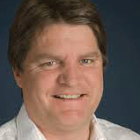 Work towards an objective
Work towards an objective
“Our vision for radio is that media needs to be managed, and also needs to be given in the hands of the creators”, Benveniste continues. “Think of play writers, like Molière in France, or like Ibsen in Norway — they have a very good image of what should be represented in their work. Our job is to simplify these production activities.”
Produce for several channels
The idea is that visual radio should be (able to be) managed by radio people, not by television makers: “A radio expert has his own view on how to exemplify radio content with images. The issue today is that most of technology vendors do not make it simple for them.” DAVID Systems prefers to integrate content outputs for several media in one workflow — so that, for example, online is not an afterthought for radio producers. “They have enough work to do, and say: ‘I don’t have time to go back into another system to add some images’. If we can take it upstream; make it part of the creation process, probably they will be interested to do it.”
“Control your timeline”
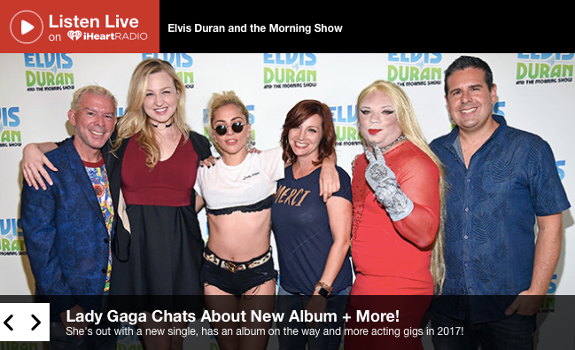
Especially as a news station (or morning show with exclusive interviews or popular bits), you want to publish your content online at the same time it’s broadcast on air, thus making sure other media don’t run off with your work (image: iHeart Media / Elvis Duran & The Morning Show)
Go beyond traditional radio
I assume you visit your clients or talk with them on a regular basis. What kind of challenges do you see in radio based on your contacts in the radio industry?
“They don’t have unlimited resources; they want to do media business at a radio cost. They also need to maintain the quality that they’re famous for in a multi-channel, multi-media world.” Vincent Benveniste describes a matrix with on one side distribution methods (such as AM, FM, DAB, IP, iOS and Android), and on the other side media formats (such as text, audio and video). Radio basically comes from FM and audio, while today, there are many possible combinations. “When you have limited resources, but want to take advantage of all opportunities, you need to do this intelligently. We helped our clients move from tape-based to file-based production, 25 years ago. Now we’re here to help them move to multi-channel and multi-media.”
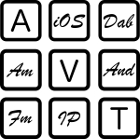 Experiment with new combinations
Experiment with new combinations
Do you focus on clients who fill the whole matrix, or on those who do the key things?
“We focus on customers who are ready to industrialise their go-to market on a multi-channel, multi-media level. We have to take advantage of all the opportunities if we want to be competitive.”
Leverage your own content
Benveniste thinks that, sort of like websites, radio brands have to have a responsive design in terms of distribution and formats, thus “making the right element available in the right format, with the right level of loudness and right rendering of images”. He says DAVID Systems’ content management systems are built to launch bits on several different platforms simultaneously, for example: push a button to play back a recorded interview, and automatically post it to your website and Facebook at the same time. (That can be relevant for stations featuring the latest news.) “You better control your timeline. If you are not well organised, and need to wait 2 or 3 minutes to also get it online, people are gone! They’re gone somewhere else; gone to Google, looking for the element that they’re excited about.”
“Be part of the community”
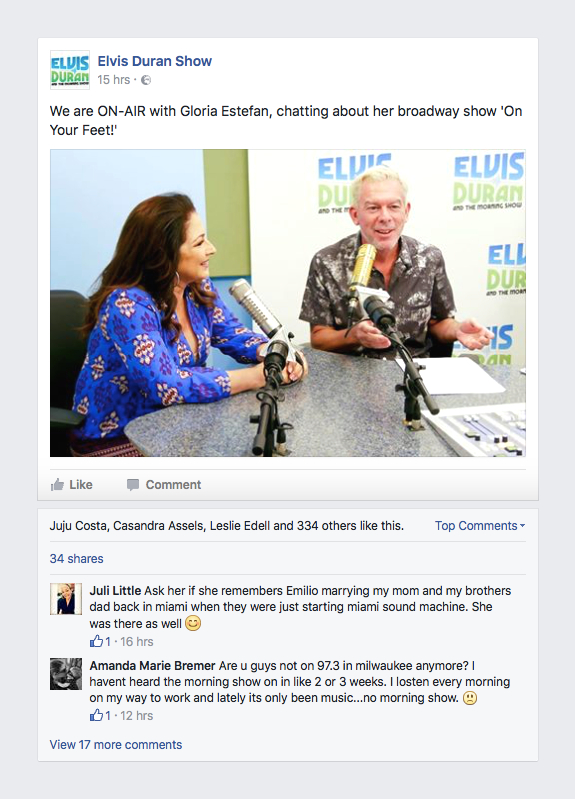
Social media platforms (or radio station websites including social media elements, like a timeline feed, comment section and sharing possibilities) offer benefits for publishing and interaction (image: Facebook / Elvis Duran & The Morning Show)
Take advantage of opportunities
What do you see as opportunities for radio besides multi-channel & multi-media?
“Radio is doing very well in my view. I always loved radio, but when I started to work in radio, I thought: ‘uhhh, that must be an ooold system’. I have an Internet background, where technology and innovation are natural.” But radio turned out to be more exciting than he initially expected: “There’s a lot of opportunity to maintain in a very efficient ecosystem in a digital world. Radio is probably one of the media with the most chance to go with the flow of this revolution, and get out of it on a high note, instead of on a low note. Press is struggling, but fighting hard to reinvent its business model. Television is probably in a difficult situation, because why would I watch TV? Radio should be able to get through the revolution; they should be capable to be very efficient, and maintain and grow their audience.”
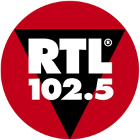 Get inspiration from abroad
Get inspiration from abroad
Vincent Benveniste mentions their client RTL 102.5, the most-listened to radio station 1 in Italy, as an example of how to make your audio content available on many platforms and many channels. “Those who manage the multi-media, multi-channel concept with a lot of agility, are going to be, or already are, the winner.”
Make content easily accessible
“How many times have you heard on the radio: if you want to know more, go to our website? A listener goes to the site and thinks: okay, who was the guy I was listening to? Uhhh, what time is it? Is there a timeline somewhere?” He suggests it’s easier to promote a Facebook page where you’ll already have a storyline where listeners can immediately find your recent content (and where you can quickly read their latest comments). That makes it easier to publish and interact: “People want to be part of the community; they want you to talk to them, they want to talk to others.”
They want a conversation.
“Yes, and they want it to be managed”, he adds, meaning that people not just want the opportunity to send a message to the radio station; they also want it to be received and used, or in any case get a personal reply. “Your brand can be extended with interactivity. We’re doing that in radio, and we think it’s an exciting future.”
“Keep people in your brand”
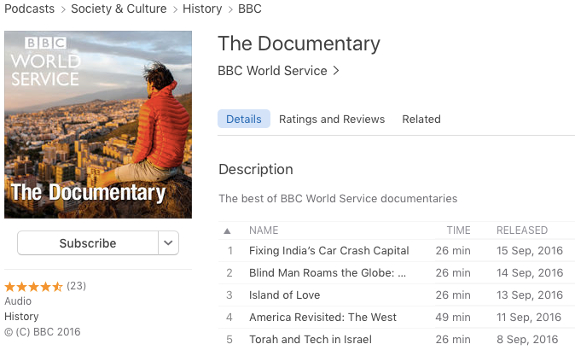
Giving listeners instant gratification by distributing new content immediately is a good way (image: iTunes / BBC)
Normalise audio levels consistently
Helping organisations implement new technologies is, of course, just as important: “Our job is not only to make technology available; our job is to find a way for change management to be possible.” DAVID Systems developed a workflow for podcast production, which makes audio conform to the EBU R128 standard for loudness. In Benveniste’s opinion, good loudness management is just as important for podcast as it is for broadast. “Have you ever had any friends complain that when they play their iTunes, they have one sound that’s this way, and another one that’s that way?” He thinks that consistent audio levels are not only essential for comfortable listening. “It’s super important for brand recognition. You want to be able to recognise the sound.”
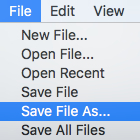 Republish content online instantly
Republish content online instantly
Most radio producers first have to (record broadcast audio and) open the sound file, listen the audio, adjust the level, re-save the audio, and then upload the file. “A manual process that is after the fact. Which means that when I missed something as a listener, and I go to the station website now, the podcast is not there…”
Lock your listeners in
“I write a note to myself, and I call my secretary, saying: remind me when the podcast is available, so I can go back to it. You can imagine it doesn’t happen that way. If it’s not there immediately, it’s gone; you missed the opportunity.”
Yeah. And not everyone has a secretary.
“Including myself. The point is that if you don’t keep people in your brand and loose them, they might never come back. If you have the continuum to make the podcast available in seconds, then you can have a CPM and ads, like a pre-roll or mid-roll. Someone will listen to a pre-roll when he knows that in 5 seconds, he’s going to get his podcast.”

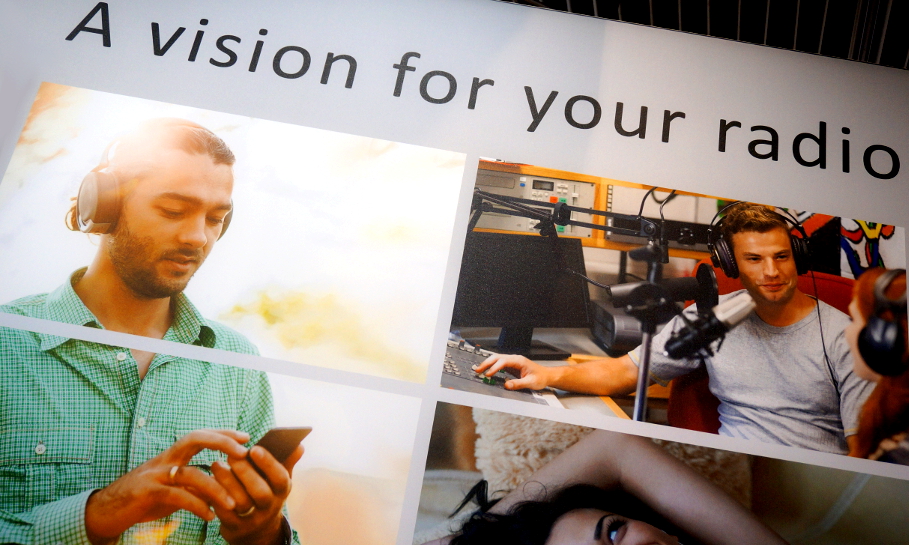




Add Your Comment